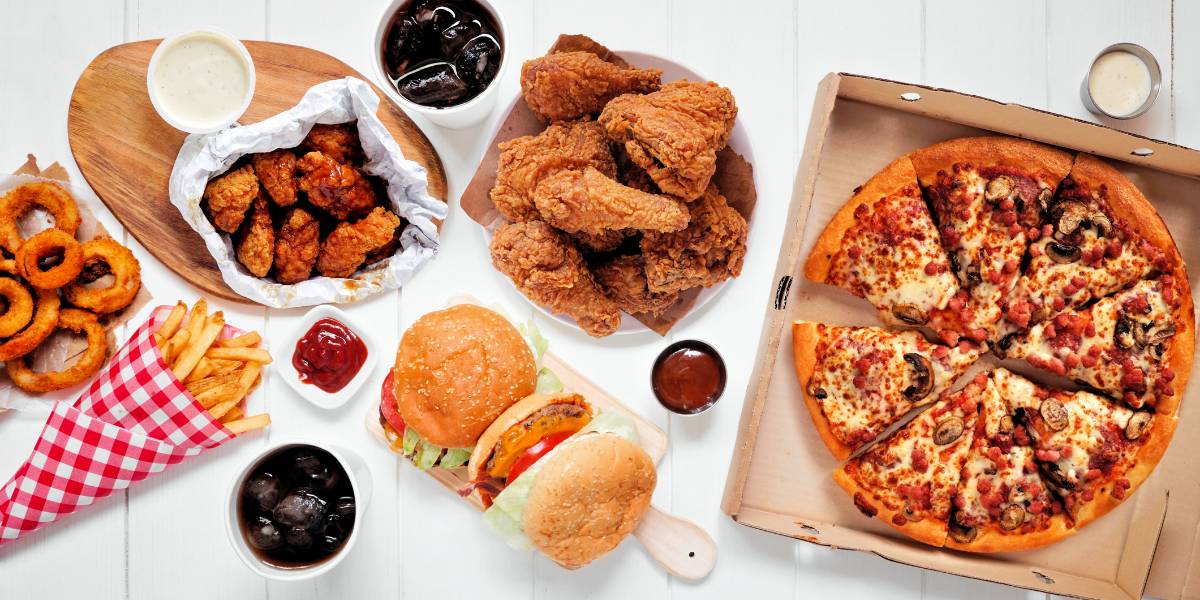A new study has identified the ways in which junk food could be defined in America for policies including taxes, which could help steer the food industry and customers away from unhealthy food options.
Researchers have examined the common threads running through 30 years’ worth of policies by federal, state, or tribal governments which define categories of food for the purposes of taxation or other regulations.
They found that the combination of food category, processing and nutrients could be used to define which food should fall under the remit of health-related policies.
- Junk food in reality TV could be fuelling obesity
- More than 95,000 people prevented from becoming obese thanks to ban on junk food advertising on Transport for London, study says
First author Jennifer Pomeranz, assistant professor of public health policy and management at New York University, said: “There is a growing recognition that an unhealthy diet stems from overconsumption of what we colloquially refer to as ‘junk food’. However, public health efforts to address junk food are hindered by a lack of a uniform method to define junk food for policy purposes.”
Senior author of the study, Dariush Mozaffarian, said: “People often say it would be too difficult to define ‘junk food’ for taxation or other policies. Our new results indicate numerous U.S. examples of existing policies that define junk food and identify the common threads between them.”
It is estimated that junk food makes up around 15% of all calories consumed in America. A concrete definition of junk food could be used to implement a nation-wide tax on these types of foods. Experts say introducing taxes could help people reduce their consumption of unhealthy food and raise money for health and nutrition programmes.
Other countries have had success in implementing junk food taxes. Hungary, for example, introduced a tax on foods with raised levels of salt and sugar, which has led to greater awareness about nutritional value and has encouraged food manufacturers to ensure their products are healthier.
In this latest piece of research, the team examined 47 laws and bills from 1991 to 2021. Of these, 26 existing policies used multiple criteria to define junk food, including processing, place of preparation, nutrients and serving size.
- Spread your food: why it’s good for weight loss
- Fermented foods show potential for improving gut and brain health
The researchers flagged up two themes across the different policies – firstly, that food was categorised into necessary/staple food and non-staple food. Secondly, it was common for a combination of processing and/or nutrition measures to identify which foods should fall under the tax criteria.
Study co-author Sean Cash, from Tufts University, said: “An advantage of excise taxes is that food companies may be motivated to reformulate their products to be healthier to avoid taxation.
“Defining foods to be taxed is not a static exercise, as existing products are reformulated and thousands of new packaged foods are introduced each year – so how we tax foods is not just a tool for steering consumers away from the least healthy options, but also for encouraging healthy innovations in what ends up on the supermarket shelves.”
Read the full study in The Milbank Quarterly.





